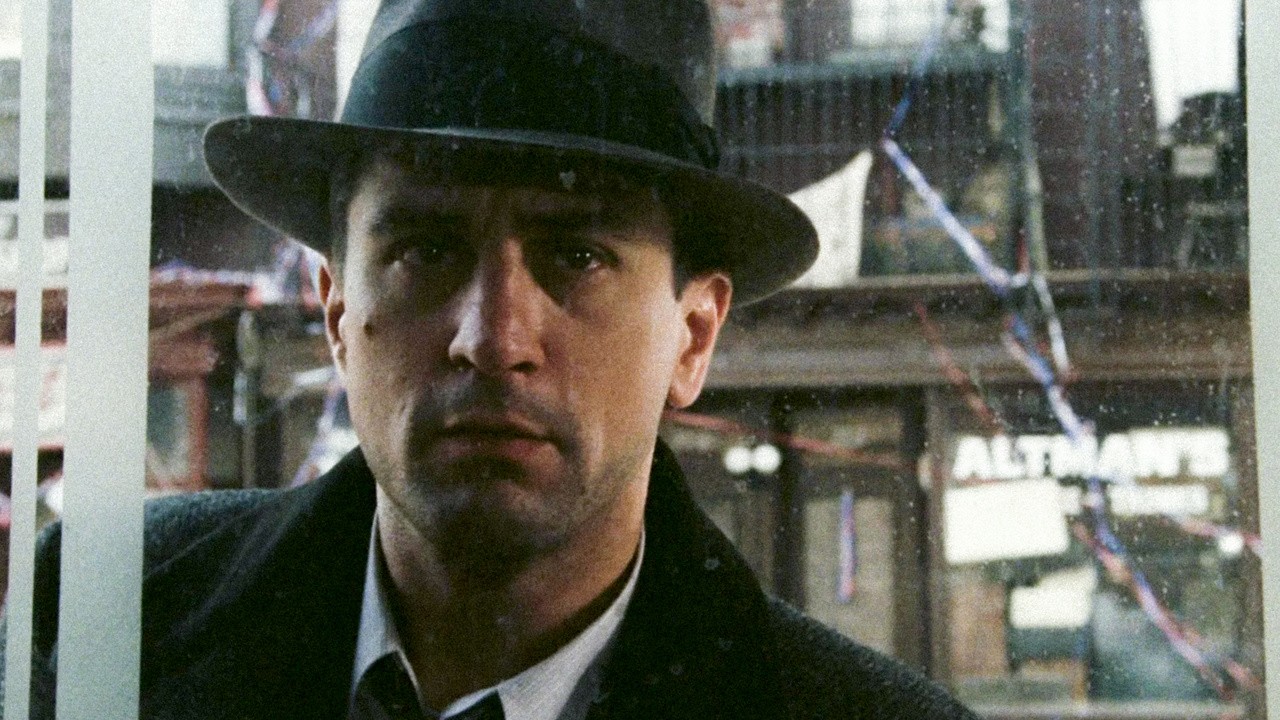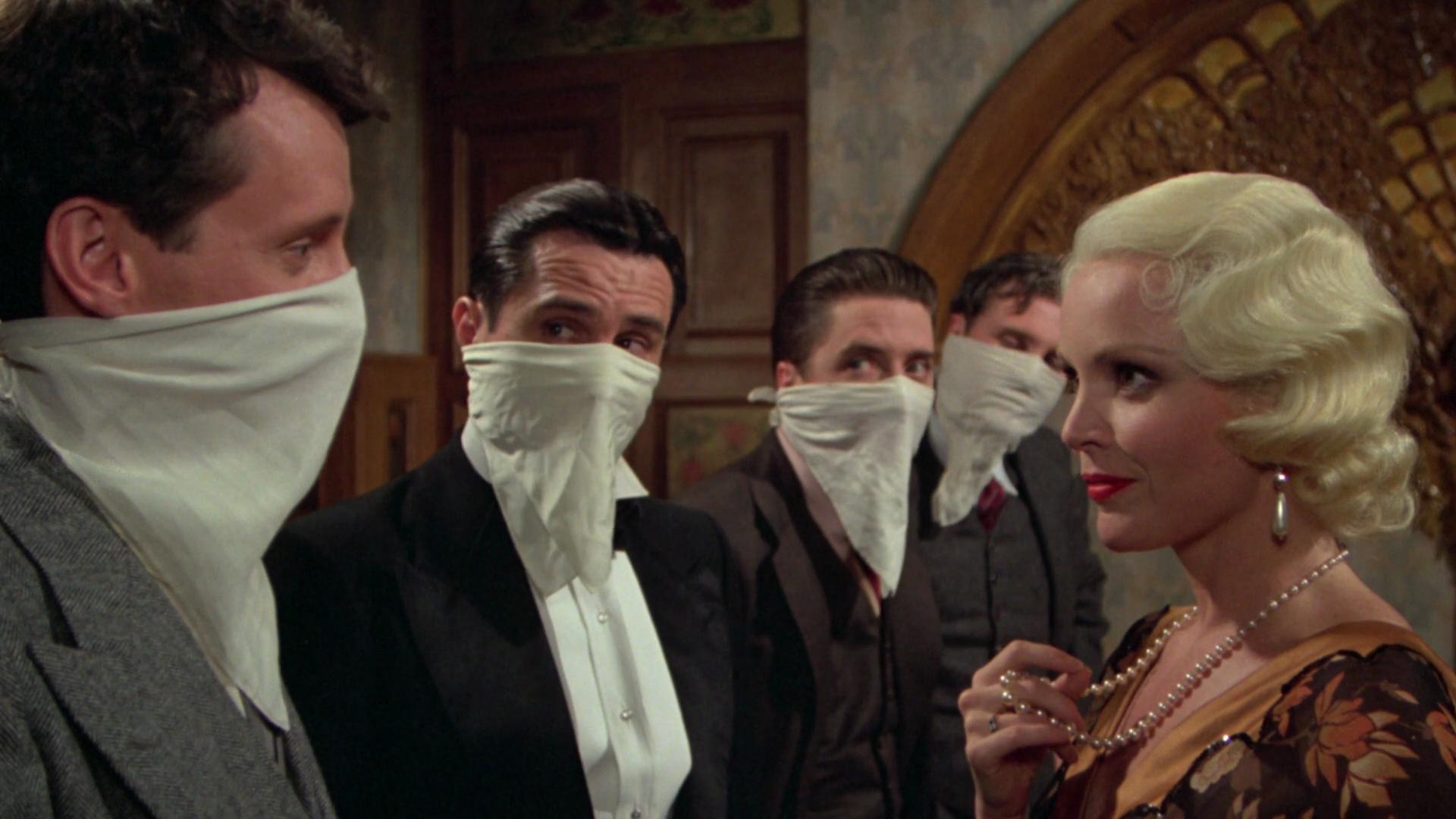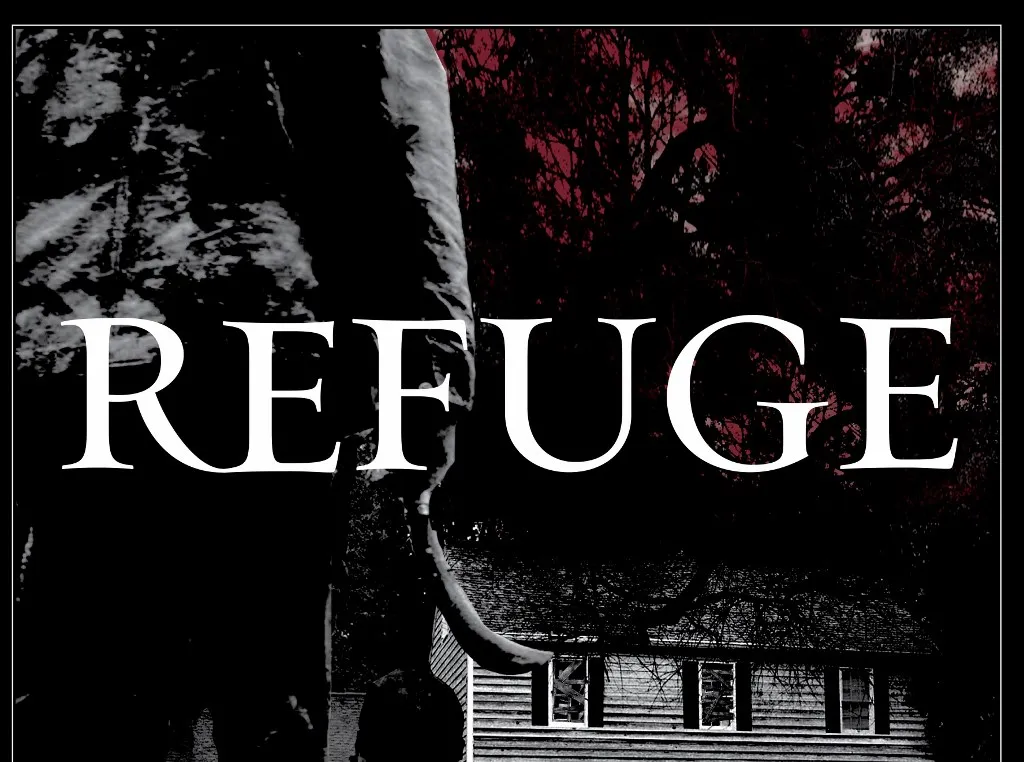Sergio Leone’s Once Upon a Time in America is not just a gangster film. It’s an epic tragedy, a nostalgic reflection on youth and betrayal, and a deeply emotional meditation on memory, identity, and the passage of time. Spanning several decades in the lives of Jewish gangsters in New York, the film is as ambitious in scope as it is haunting in tone.
Released in 1984 and clocking in at nearly four hours in its full version, Once Upon a Time in America was Leone’s final and most personal film — a culmination of his career and a poetic farewell to cinema. Based on Harry Grey’s novel The Hoods, it tells a non-linear story of friendship, violence, and the irreversible cost of ambition.
The film follows David “Noodles” Aaronson (Robert De Niro), a once-powerful gangster who returns to New York in the 1960s after decades in hiding. Haunted by the past, Noodles visits the places of his youth — opium dens, empty train stations, and abandoned speakeasies — triggering flashbacks to the 1920s and 1930s, when he was a street kid in Manhattan’s Jewish ghetto.
In his youth, Noodles (played by a young Scott Tiler) forms a gang with his close friends: Max (James Woods), Patsy, Cockeye, and Dominic. They hustle, steal, and dream of a better life, eventually rising through the ranks of organized crime during Prohibition. Max becomes increasingly obsessed with power, wealth, and the idea of robbing the Federal Reserve — a move Noodles fears will destroy them all.
Tensions build. Betrayals unfold. And after a botched job, Noodles flees the city, believing he has caused the deaths of his friends. But decades later, a mysterious letter summons him back — and what he uncovers leads him to a shocking truth about friendship, power, and deception.
Once Upon a Time in America is drenched in melancholy. It’s not just about gangsters; it’s about the death of dreams, the weight of time, and how the past continues to define us.
The non-linear structure mirrors how memory works: fragmented, selective, unreliable. Noodles isn’t a reliable narrator — we’re never quite sure what’s real and what’s remembered or imagined. His return to New York is less about revenge and more about reconciliation with the ghosts of his youth.
The friendship between Noodles and Max drives the emotional core of the story. What begins as loyalty and brotherhood slowly turns to manipulation, jealousy, and betrayal. By the time Noodles learns the truth about Max’s fate, the emotional toll is devastating.
There are also haunting themes of lost innocence, masculinity, violence, and the exploitation of women, especially in the treatment of Deborah (Elizabeth McGovern/Jennifer Connelly), Noodles’ lifelong love and tragic obsession. The infamous rape scene is controversial and uncomfortable, forcing viewers to confront the complexity and darkness of Noodles as a character.
Robert De Niro gives one of his most nuanced performances as Noodles, portraying him as both a nostalgic old man and a confused, impulsive young gangster. His transformation across the decades — physically and emotionally — is subtle and heartbreaking.
James Woods is equally compelling as Max, whose charisma and ambition mask a dangerous ego. Their chemistry carries the film — one of friendship twisted by time and ambition.
The supporting cast is excellent, particularly the young actors playing the gang as kids. Jennifer Connelly, in one of her earliest roles as young Deborah, is ethereal and captivating.

Sergio Leone, best known for spaghetti westerns like The Good, the Bad and the Ugly, shows a different side here — one of romantic sorrow and cinematic poetry. The film moves slowly, deliberately, lingering on faces, objects, and cityscapes that evoke a dying America.
Cinematographer Tonino Delli Colli paints the screen with golden hues, sepia tones, and deep shadows. The 1920s New York is both beautiful and grimy, filled with mythic nostalgia.
And of course, the score by Ennio Morricone is unforgettable. Themes like “Deborah’s Theme” and “Poverty” are sweeping and tragic, capturing the emotional weight of the film like few soundtracks ever have.
When Once Upon a Time in America was first released in the U.S., it was butchered by the studio — cut down to 139 minutes, reordered chronologically, and stripped of its emotional impact. Critics panned this version, and the film flopped.

But the uncut version — Leone’s vision — was later restored and recognized for what it is: a masterpiece. Today, it stands alongside The Godfather and Goodfellas as one of the greatest gangster films ever made, and arguably the most emotionally resonant.
The final shot — Noodles reclining in an opium den, smiling in a haze — remains enigmatic. Some interpret the entire adult storyline as a dream or hallucination, with Noodles choosing fantasy over facing the truth. Others see it as him finding peace in a world that has long since lost its meaning.
Whatever your interpretation, the ending is unforgettable — a quiet, ambiguous farewell to a life lived in shadow.
Once Upon a Time in America (1984) is more than a gangster saga — it’s a requiem for youth, a reflection on memory, and a haunting study of friendship undone by ambition. With stunning performances, exquisite direction, and one of the most beautiful film scores ever composed, Sergio Leone’s final film is a timeless, tragic masterpiece.
-1200-1200-675-675-crop-000000.jpg?v=babf4f7ba5)



-1750818406-q80.webp)
